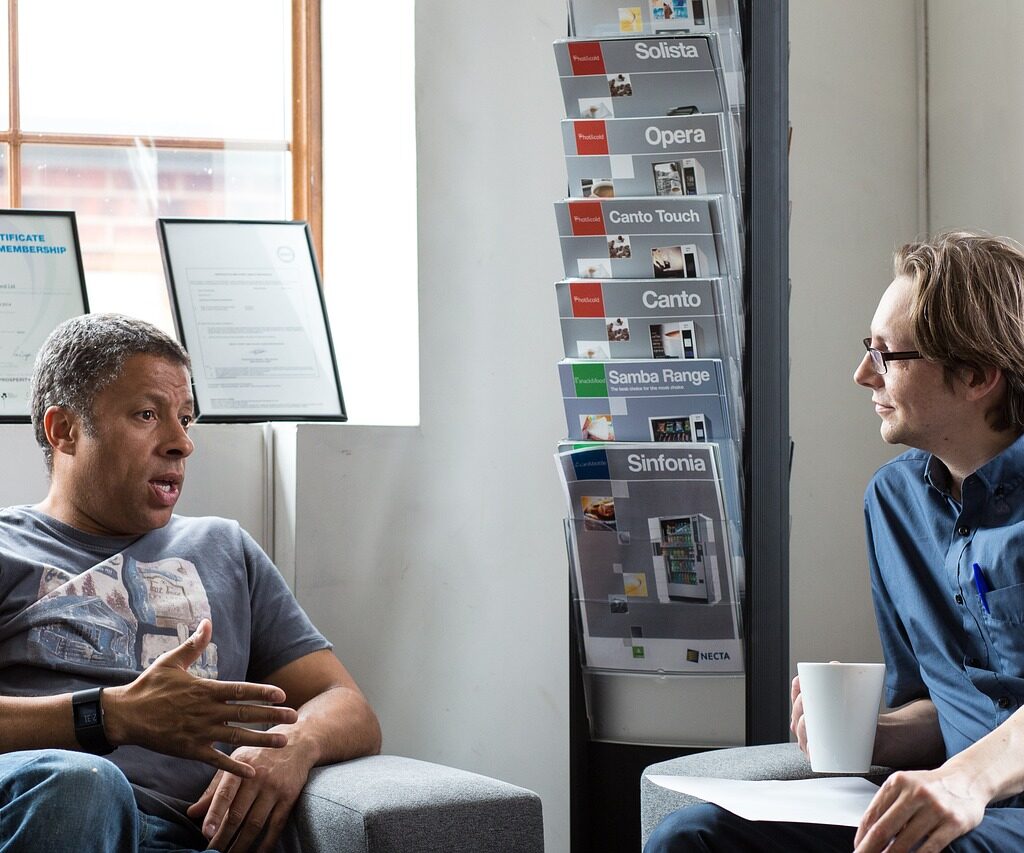
Introduction
Criticism and feedback from peers can help improve the overall quality of one’s work. Many people find constructive feedback to be helpful. It allows them to focus on and identify areas needing improvement. However, it can be a complex subject, especially if one is not looking to receive feedback or doesn’t know how to go about it in a polite way. It’s important to learn how to give and receive criticism to ensure its effectiveness whilst maintaining relationships.
Keep reading to learn more about how to give and receive constructive feedback
Giving Constructive Feedback
LinkedIn, a job-hunting site, points out that “92% of respondents agreed with the assertion, ‘Negative (redirecting) feedback, if delivered appropriately, is effective at improving performance.’” Ensuring that feedback is indeed delivered appropriately is crucial for securing its effectiveness. If feedback is given inappropriately, an individual might be less inclined to listen.
A good way to make sure the feedback one gives is helpful and polite is to remove any bias. Biased criticism can prove to be unhelpful and could potentially damage certain relationships. This is especially true in a workplace where feedback matters most.
Another way to give constructive criticism is to be specific about what you are critiquing. Convoluted feedback can confuse whoever is on the receiving end and render it ineffective. When giving constructive feedback, one should detail what the other party could improve upon without uncertainty.
Recieving Constructive Feedback
Receiving constructive feedback can be daunting. However, according to Oak Engage, an enterprise collaboration software company, about 75% of employees reported believing feedback is valuable and important for their work. It can be difficult to hear someone’s target faults or weaknesses, but a valuable method for receiving such criticisms is to remember that it shouldn’t be personal. More often than not, when someone gives feedback to another, they do it to be helpful and allow the other person to grow.
Speaking of growing, another way to receive feedback well is to allow yourself to remember what the point is. Going in with the mindset to improve will make being on the receiving end less grueling and promote change.
Things to Remember

There are a few things to remember when potentially giving or receiving constructive feedback. Firstly, not everyone is going to want constructive criticism. Some people might feel self-conscious or upset when receiving criticism, even if it’s prompted or said respectfully. In such cases, it’s best to respect their wishes, even if feedback could benefit them somehow.
Secondly, others may not know how to be respectful or convey their meaning when giving feedback. Keeping that in mind, it can be frustrating to listen to someone who wants to provide criticism but isn’t sure how. Communication can be a valuable solution to this problem and help others understand why their feedback might be harmful or unnecessary.
Conclusion
Feedback is a useful tool for pinpointing weaknesses and finding ways to improve on them. Going about giving or receiving criticism the wrong way can be detrimental to both parties, so learning how to convey what one means is important. Ultimately, most people want to help each other and understand what they can do to improve.
To learn more about community, visit ferrygodmother.com/.

